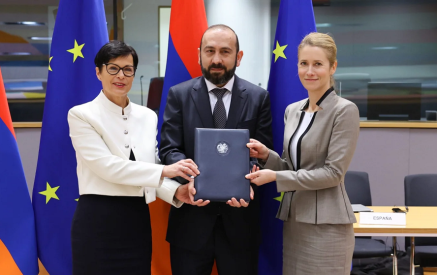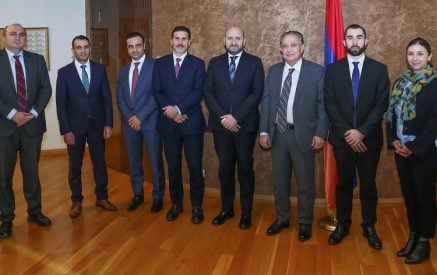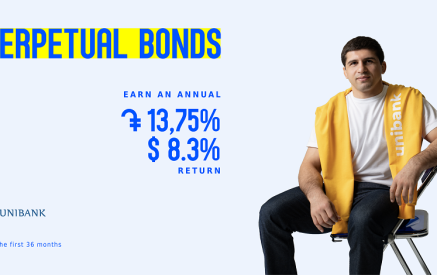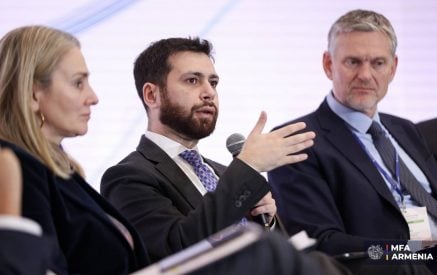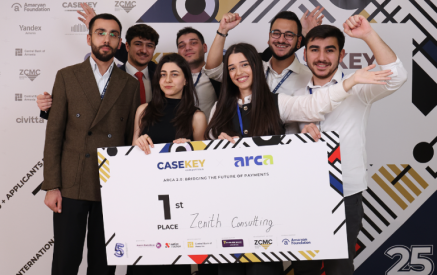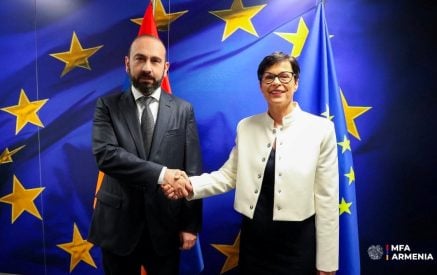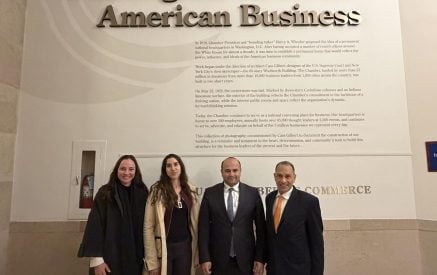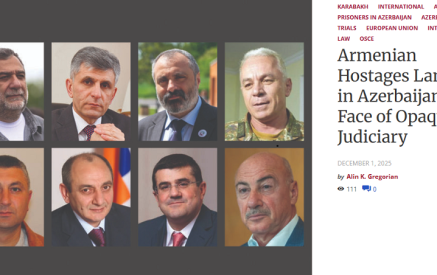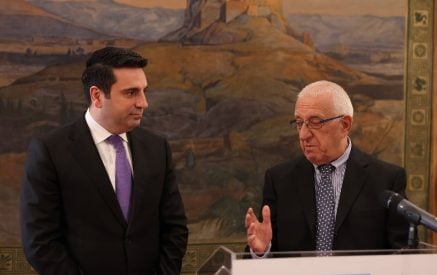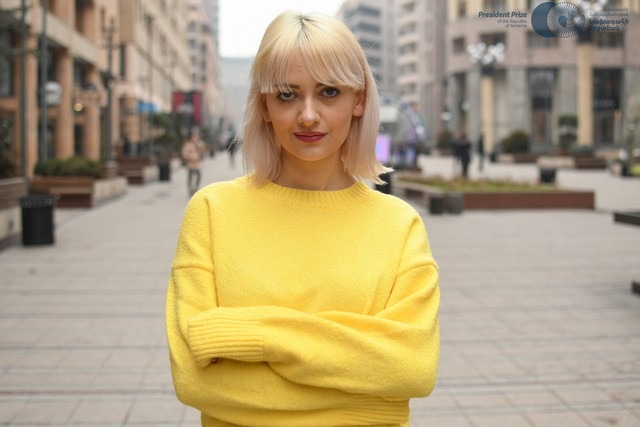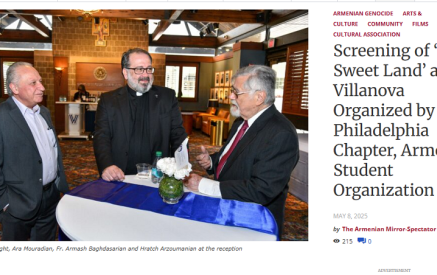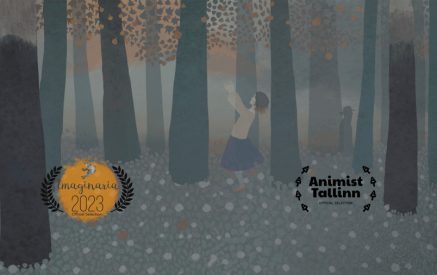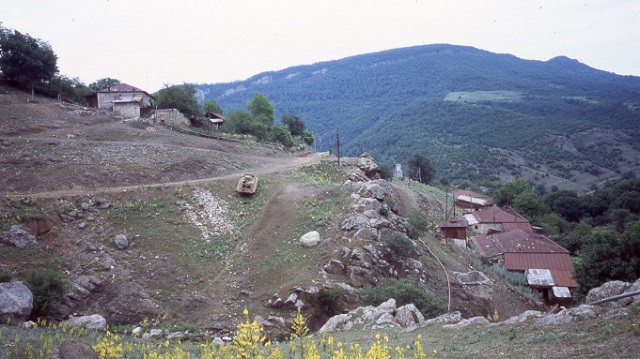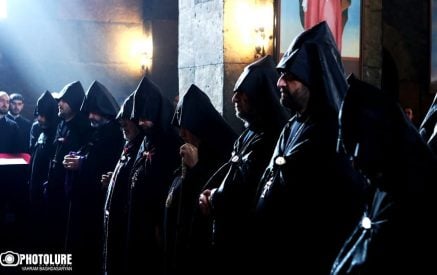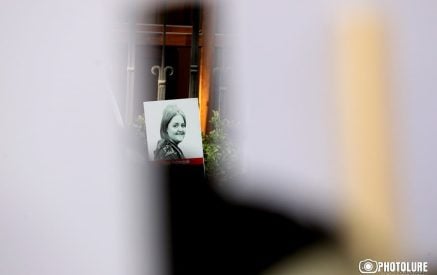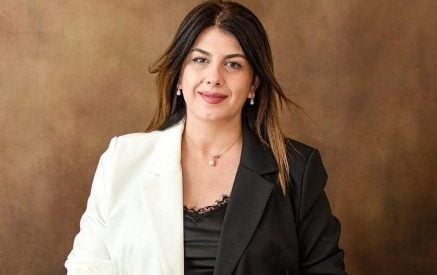Manne is about to finish her fourth film preliminary titled “Yerazner” (Dreams) in collaboration with “Hayk” studio. The rest of her films were produced together with her friend, film producer Ararat Grigoryan. “We have the same mentality, the same principles”. Her documentary – black and white “Adaptation” about Yerevan, that brought her a President Youth Prize in 2008, was Mane Baghdasaryan’s course project. There are colorful episodes in her “Tchay” (Seagull), in fact her thesis in 2019, while her “Shapito” (Chapiteau, 2020) is completely black and white.
During this period Mane managed to graduate from Yerevan State Institute of Theatre and Cinema. Now she has begun working on her fifth film, which is dedicated to Levon Yengibarov; “Since he does not physically exist as a hero, I must present him through other people, the nature and philosophy. I consider it my duty to make this film…”.
– Yengibarov is more the hero of older generation, more precisely my generation, are there no heroes of your generation then?
– Definitely there are heroes, but the thing is my type differs, I am obsessed with the 60’s of the 20th century. This time period inspires me; the world, the people’s mentality dramatically changed over those years, the big cities started to invigorate, the advancement in technology took humans to the space.
Read also
– What about the 90’s, when our country became independent, when social realism – the only allowed method in arts collapsed, does this period inspire you at all?
– I wouldn’t say it does not inspire me, but it’s about the art of impressions here, there is something inside of me that takes me to the 60’s. The 60’s- which have now become classics and taste in everything, are close to my heart.
-When something had already been created prior to you, you should at least bring in some new idea, do you have any?
– The new, the fresh thing in my films is the nature and my attempt to present Yengibarov from that perspective. There is the image of nature in his novels, there are all the seasons that embrace a human soul, and not simply “rain, autumn”, even though he was often called a clown in the heart of the autumn. He had given his heart away to people, and now I make my way to the streets and see Yengibarov in a street musician playing the guitar.
– By the way this interview is about you, let’s agree to talk about our beloved artist after the recording. Will you talk about The President Prize you received?
– My “Adaptation” has received a total of 17 international awards prior to President Prize and afterwards as well. In China, it was awarded out of 2000 films, while in Russia it received a prize in several nominations, but frankly speaking I greatly emphasize the President Prize, as it makes me feel proud, it is very inspiring and is the most important prize to me. There are always people among the audience who you have happened to meet on your career path, and you get more committed to make a more serious step next. I wanted to spend the prize money on buying something special, which would resemble a prize itself. I bought a camera and I shot my other film “Shapito” with it. I do still use this camera, even though I have other cameras. You know, my father is a cameraman and I have always played with equipment ever since my childhood.
– Isn’t the “Adaptation” a little sad, is Yerevan such a sad city then?
– If something lacks drama, it does not become art, there should be drama even in comedy, let alone tragedy. Also, I do think that it is even more difficult to make people laugh, than making them “cry”. I am now thinking in that direction, I should start thinking about bringing laughter to my audience, and this seems to be more difficult. I will try to incorporate both laughter and sadness in my next film.
– There are similarities with Bakunts’s “Provintsiayi Mayramute” (The Sunset of a Province). The images of Aksel Bakunts’s Yerevan take you along Astafyan street, ending in a tram, while you present Yerevan trolleybuses.
– My trolleybus is the episode that is much repeated in my film. Currently I am working on a thesis titled “Refren Distanciayi Mej” (Refrain in the Distance).
– Peleshyan number 2? Distance montage?
– Peleshyan has had a great influence on me, everybody notices this, but here I do not mean distant montage, but a distance shall be presented as a space, a distance in a film… I want to talk about repetition of episodes, where the audience subconsciously gets into a cycle, they start thinking and find themselves in impressions. And even after watching the film the episodes start to go back and forth in their minds, which means they will keep in mind at least one episode. “Adaptation” was shot in the same manner, besides the trolleybus also constantly moves.
– Bakunts’s tram leaves the city in the end, as far as I get the sub context, it moves towards Mount Ararat, what is the route of your trolleybus go then?
– It keeps on moving, and we do not understand where it will end afterwards. There is no end, there is a rotation which exists in the nature. Every art is a road, not a stop…
Ruzan Khachatryan
The President Prize to the Republic of Armenia is initiated and funded by the Boghossian Foundation (Belgium-Switzerland). The Award Ceremony is organized by “Hayastan” All-Armenian Fund. The prizes are conferred by the RA President and the representatives of the Boghossian Foundation annually in May.
“Aravot” daily






































